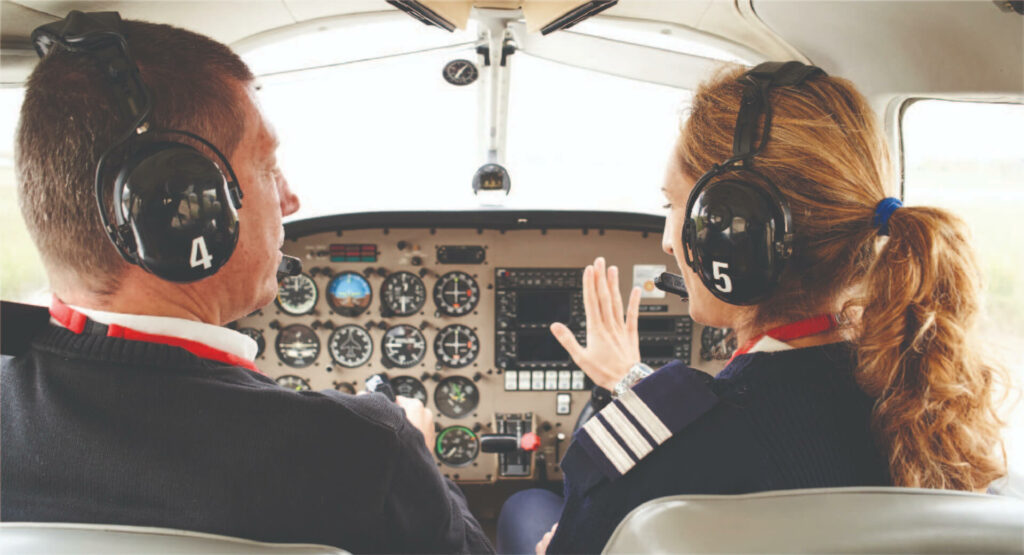You are here: Projects › What Does It Take to Become a Certified Flight …
About
It takes commitment, advanced training, and a love of teaching to develop a qualified flight instructor. Prior to applying, candidates must meet certain flight hour’s requirements and possess a commercial or private pilot license. Subsequently, advanced flight instructor programs offer both theoretical and practical instruction in aviation safety protocols, instructional tactics, and effective communication. In order to ensure that the future generation of aviators is well prepared, the duty entails mentoring novice pilots through a variety of maneuvers, flight laws, and best practices.
Take a Commercial Pilot Course to Begin Your Escapade
The first step in becoming a professional pilot is to complete a commercial pilot course. This course offers in-depth instruction on advanced aviation principles, flight methods, and the abilities obligatory to pilot a commercial aircraft. Students in this program get thorough flight training, which blends classroom education with practical practice in the cockpit. A certain number of flight hours and passing both written and practical exams are among the stringent standards that prospective commercial pilots must fulfill. They will be completely equipped to handle the obligations of a career in commercial aviation thanks to this training.

Getting Certified to Teach Flight
Many persons decide to pursue careers as flight instructors after receiving their pilot’s license. In order to share their knowledge and assurance that the upcoming generation of aviators is well prepared, skilled pilots might serve as mentors and guides to new students. A flight instructor must complete specialized training that emphasizes safe procedures, effective teaching techniques, and communication skills. In addition to honing teaching techniques, this role enables instructors to get more flight time, which makes it an invaluable stepping stone for career growth in aviation.
Obtaining a Private Pilot’s License for Individual Flight
For individuals who wish to fly for leisure or personal reasons, obtaining a private pilot license is the ideal choice. With private flying license, people can operate smaller aircraft for non-commercial purposes. Emergency procedures, navigation, and fundamental flight operations are all included in the course. A minimum quantity of flight hours, both solo and with an instructor, is also necessary for a private pilot’s license. After completion, this license offers the flexibility that commercial permits don’t often provide—namely, the ability to fly privately for pleasure or personal travel.

Aviation’s Unusual Route: Helicopter Pilot Training
Compared to fixed-wing aircraft, helicopter flying is a separate and fulfilling career path with various obstacles. The chief goal of helicopter training is to become proficient in all features of rotary-wing flying, including landing, takeoff, and hovering. Pilots can effort in a variety of industries after completing their helicopter pilot training, containing search and rescue operations, aerial photography, and medical transport.
Advanced Training for Helicopter Pilots Pursuing Professional Certification
Advanced helicopter pilot training is vital for anyone interested in a career as a expert helicopter pilot. Advanced helicopter maneuvers, a thorough consciousness of weather patterns, and emergency response processes are all included in this course, which goes beyond basic helicopter operation. Pilots are eligible to assume more specialized positions in sectors such emergency medical services, private charter services, and aviation tourism after finishing this advanced training.
Every phase of aviation offers different chances and challenges, from finishing a commercial pilot course to becoming proficient in helicopter training. The correct training will open the door to countless opportunities in the skies, whether your goal is to coach aspiring pilots or fly for personal purposes.